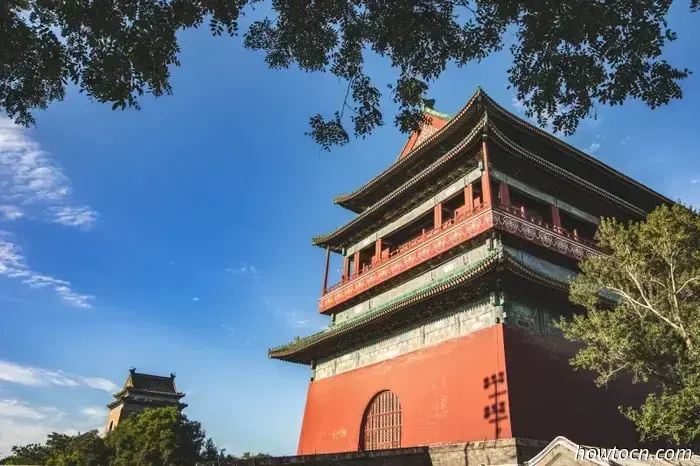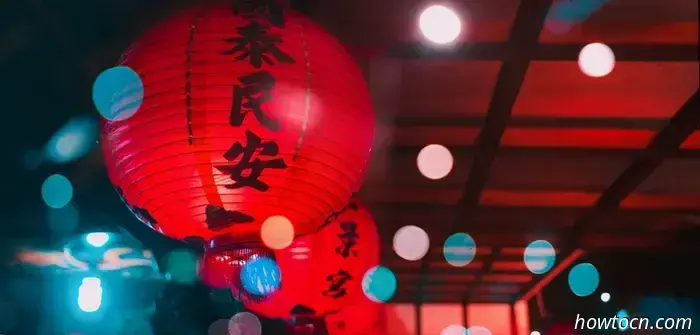
To commence the Year of the Snake, we're introducing a new series titled "24 Hours in Beijing," where we ask key figures in the capital how they would spend an entire day in the city.
We begin with American expatriate Anthony Tao. Tao is a published poet, a former journalist, and leads the Beijing branch of the Spittoon Literary Collective. He has resided in this city for 16 years. Read on to discover his ideal 24 hours in Beijing.
You have 24 hours in Beijing – how would you start your day?
I’m not an early riser, but on a motivated day, I’d begin at Beihai or Jingshan Park, where morning enthusiasts are already engaged in exercise at dawn. After enjoying some people-watching, I’d stroll along Houhai Lake, greet the year-round swimmers, and arrive at the Drum and Bell Towers (Gulou – more on this area later). The lighting should be perfect for taking photos.
What’s for breakfast, lunch, and dinner?
Now we’re getting to the good part. While I’m not a complete foodie, I make an effort to try local dishes when traveling, so this is something I look forward to. Gulou has many cafes, but my preferred coffee spot is Self Coffee at Beixinqiao. The area boasts a remarkable variety of cafes and restaurants, so the options are plentiful. For breakfast: I’ve noticed that shouzhuabing and jianbing are getting larger, filled with egg, potato, and meats, almost like a true burrito, but still quite affordable – perfect for a quick morning meal, especially if you’re in a hurry. I’d enjoy a walk through the nearby hutongs and hopefully have time to admire the majestic toon trees.
For lunch, there are some authentic restaurants close to Yonghegong, including a noodle shop serving Beijing dalumian and another offering zhajiangmian. The queues can get quite long around noon, so I’d aim for a slightly later lunch, perhaps around 2 PM. Little Yunnan is also in the vicinity and is always a good choice. If I need a coffee after lunch, there are plenty of options at the nearby Wudaoying Hutong.
I’ll head to Sanlitun for happy hour, grabbing a drink at a classic venue like Jing-A or Revolution. Dinner is a tough one to decide on. There are numerous options in that area, including some hidden gems around the North Sanlitun embassy area, but since we had a late lunch, I’ll push through it. Given that we only have 24 hours, I want to see some of the buildings in the CBD. I might stop for a slice at Big Joe’s or enjoy a glass of wine at Trio if I’m running low on energy. Let’s refer to this as “supper.”
Post-supper, where are you headed and how do you unwind for the night?
As the sun sets, the drinking segment of the day picks up. I’d make my way back towards Gulou, with two stops along the way: Golden Weasel, which shares the same location as Self Coffee, for a cocktail – perhaps an Espresso Martini or a Silk Coffee Negroni to kick off the night – and then the Uh-Huh Wine Bar at Jiaodaokou South. By then, I should be hungry again for “dinner” – maybe dumplings at Xiaolaoman or Sichuan cuisine at either Zhang Mama’s or Ogawa Bistro (which offers white wines that complement the spice perfectly). This area has an abundance of trendy cocktail bars – like Obstzimmer by MMC, Non-Binary, Dali Dali, etc. – that would tempt me to stop for one last drink before heading to Modernista for late-night shots and dancing.
What is your must-visit spot in Beijing and why?
Queenies, also known as QS. That’s how we end this night, and it’s no secret why. They serve amazing sandwiches, even at 4 AM.
READ: A Brief History of Beijing's "Ghost Markets" & Where to Discover Them
Images: Anthony Tao, Uni You, Nancy Lee




Beijing has several bars that feature pool tables. Here are some of our top recommendations.

The Chinese Zodiac is a fascinating aspect of the culture during the Spring Festival, so let’s explore its origins and uncover its rich history!

The year 2021 witnessed a series of notable celebrity cancellations, such as actor Zhang Zhehan, known for the popular danmei 耽美 (Boys' Love) series Word of Honor, pop star Kris Wu 吴亦凡 who was detained on allegations of rape, and actress Zheng Shuang 郑爽 who faced penalties for tax evasion. The emergence of this heightened culture of celebrity cancellations in China is not solely driven by authentic social sentiments or the tightening control of the Party-State; instead, it is fueled by an increasingly competitive industry with monopolistic influence that spans social media platforms, streaming and video-sharing services, along with state-run media.

As the Chinese New Year nears, it's time to refresh your polite expressions before you get hit with baijiu and fireworks.
mens-voices-rights-and-the-vision-of-the-state-The-China-Story.jpg)
Even with challenges like the arrest of the 'Feminist Five' in 2015 for advocating against sexual harassment on public transport, feminist voices in China have become more prominent in recent years.

Prior to the Lunar New Year of 2022, a video surfaced on Chinese social media showing a woman chained by her neck to a wall. The incident involving Little Plum Blossom has resonated across China in a manner that earlier human trafficking cases have not.
To celebrate the Lunar New Year, we reached out to influential figures in the capital to find out how they would spend 24 hours in Beijing.